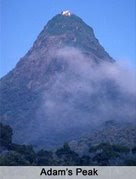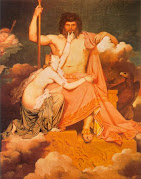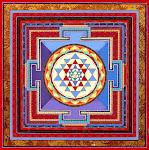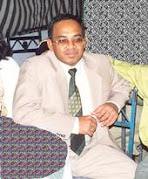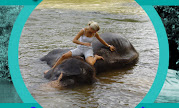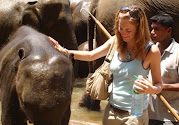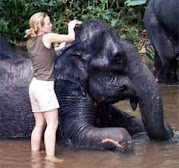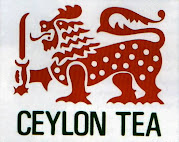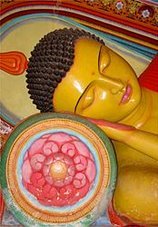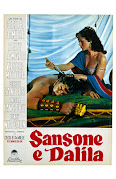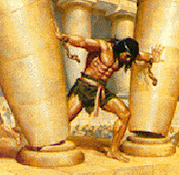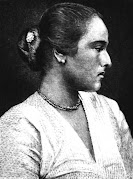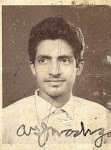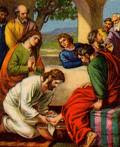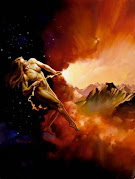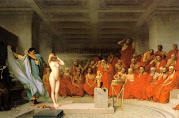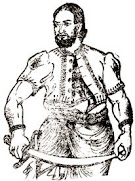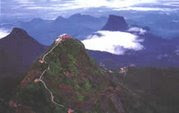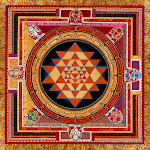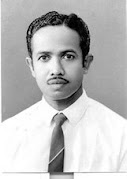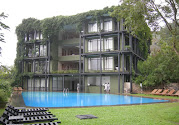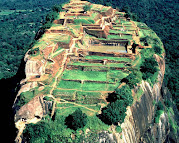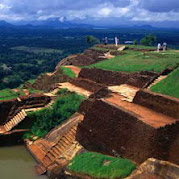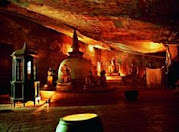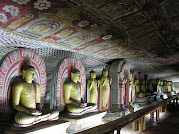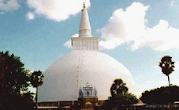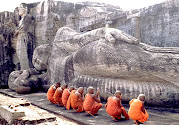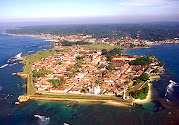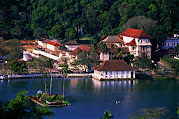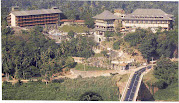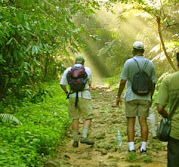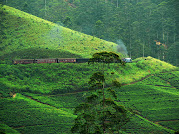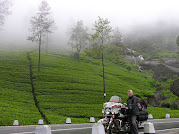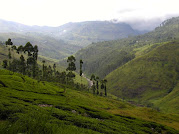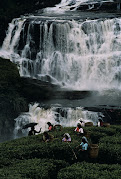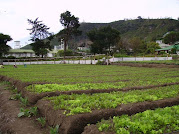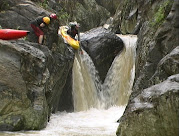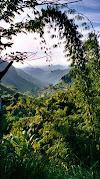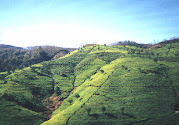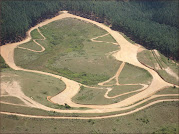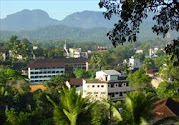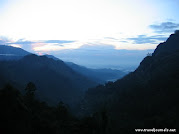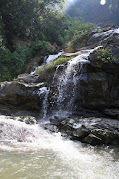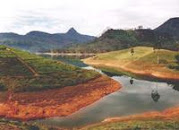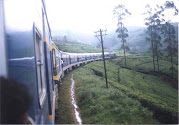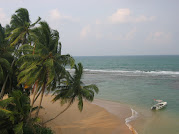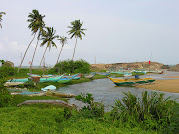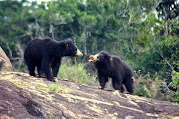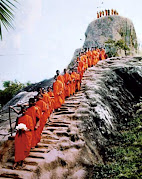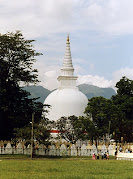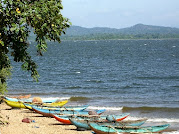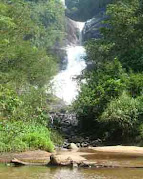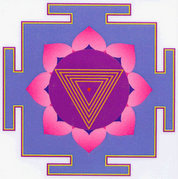SRI LANKA HOLIDAYS: King Duttha Gamini
Tour the beautiful island of Sri Lanka with Riolta Sri Lanka Holidays, Sri Lanka.
Having defeated the marauding Dravidian invaders from Southern India at the Epic Battle of Sri Lanka, the hero of the nation. Great King Duttha Gamini (Dutugemunu) (161-137 BC) of Ruhuna, devoted himself to religion & good government. Warrior though he was, a pious upbringing at the royal court of King Kawan Tissa & the heroine of the nation Queen Vihara Maha Devi had shaped his mind. When he envisaged his wars & immense sacrifice of life they entailed, he knew no peace, & sought the consolation of religion. He built monuments which to this day bear witness to his munificence & piety-chief among them being a monastery that could compare with palaces, & a dagoba that rivaled in size the very hills.
The Brazen Palace Brazen Palace
The Prophesy
Six generations later, on a gold plate hidden in a chest in the palace King Duttha Gamini, found a prophecy that he would build the Golden Sand Stupa (Ruwanweli dagoba) on a site in the Mahamegha Garden
Golden Sand Stupa (Ruwan Weli Seya)
King Duttha Gamini, (King Dutugemunu) ultimately fulfilled this prophesy & built the spectacular stupa referred to in the histories at various times as the Maha Thupa, Hemamali Stupa, Swranamali stupa & Ratnamali stupa. It was built not by forced but by paid labour, having regard to the heavy taxes entailed by the wars against the Tamils. Its foundation stone, iron & copper, reaching down100 feet, have supported their mighty burden to this day. Buried in the heart of the dagaba was the relic–chamber, replete with gem-studded images of gold & silver of the Compassionate one & much wealth besides. Miraculous deposits of silver, copper & jewels occurred al over the island. Accidental Silver to finance the Golden Sand Stupa, the location of the Silver Temple Brazen Palace India
Death of the Hero of the Nation
Before the shrine was completed Duttha Gamini fell sick. He sent for his brother Saddha-Tissa, who covered the dagaba with a white cloth & erected a temporary spire of bamboo. The dying king was then carried to a spot from which he could see both the brazen Palace.
“Maharajah,” replied the priest, “the power of Death cannot overcome unless the enemy Sin is first subdued. Call to mind thy many acts of piety, & comfort shall surely be given thee.”
The secretary was commanded to bring the register of the king’s pious deeds, & to read aloud the long list of viharas & other buildings made by the kings; of the numerous festivals duly observed; of the arrangements made for regular religious preaching; of the garments, food, & gifts bestowed on the priests; & of the hospitals built & endowed for the poor. Gemunu had been indeed, as he himself said, the “slave of the priesthood,”-so much had he done for them.




